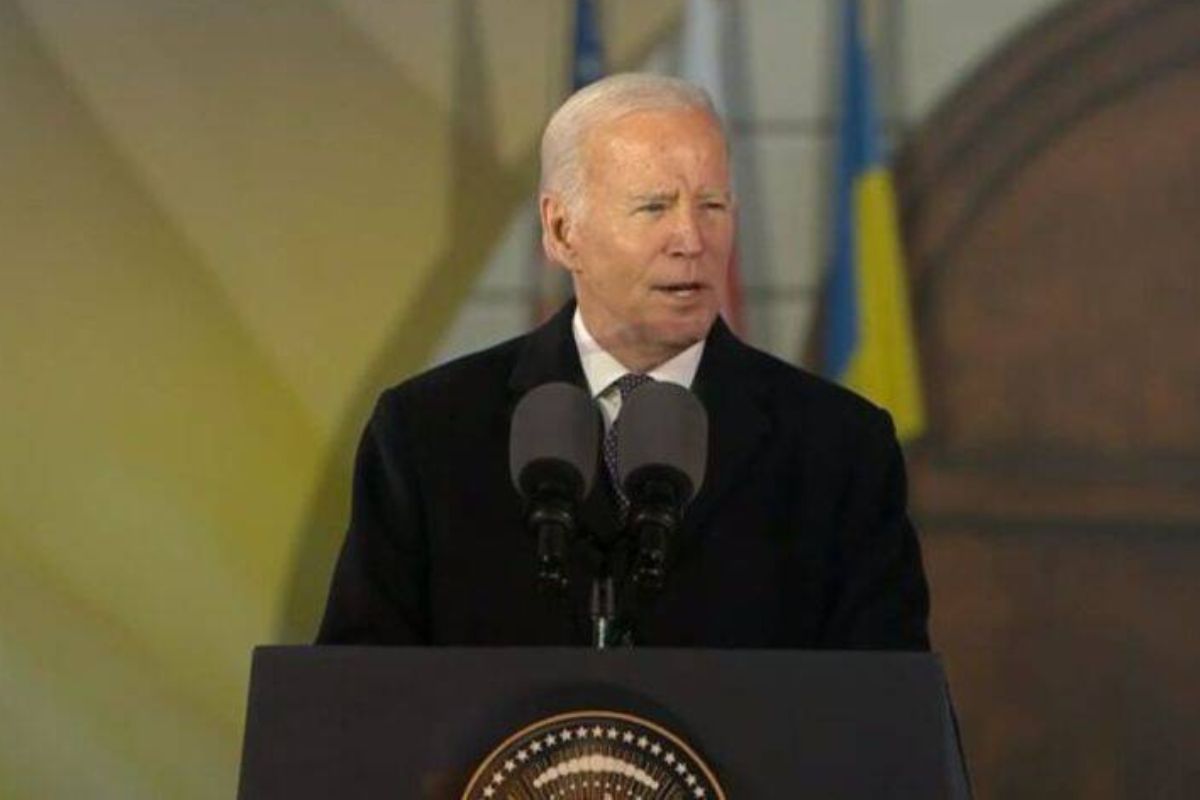In West Asia, conflicts that once seemed contained within specific borders now spill into an even more perplexing labyrinth, now involving as many as 10 countries. The initial spark, the 7 October 2023 strike on Israel by Hamas, has mutated into a multifaceted quagmire that defies easy resolution. The latest development, an overnight drone strike near the Syrian border in northeast Jordan that claimed three American lives and left dozens injured, has added another layer of complexity to an already convoluted geopolitical landscape.
The incident, which drew a swift response from President Joe Biden, marks the first US fatalities in months of escalating tensions across West Asia. Mr Biden, unequivocally blaming Iran-backed militias, declared that the US “shall respond” to this tragic turn of events. This abrupt escalation underscores the volatility of the region and the constant threat faced by American forces, targeted in a series of strikes in recent months.
Advertisement
As we navigate this evolving geopolitical web, the war in Gaza enters its fifth month, revealing the challenges faced by Israel. Despite military gains, the Israeli army struggles to apprehend the elusive leaders of Hamas, while internal divisions within the Israeli government add complexity to their strategy. The interplay between pragmatism and right-wing ideologies reflects not only the survival of Prime Minister Benjamin Netanyahu but also the broader debate on the direction of Israel’s foreign policy.
Simultaneously, Iran finds itself in a precarious position, juggling regional influence and internal security concerns. The recent drone strike in Jordan further complicates Iran’s role in the escalating tensions, raising questions about the extent of its influence over militias operating in the region. The incident adds urgency to an already complex geopolitical landscape, emphasising the intricate web of West Asia’s multi-front conflict. The United States, cautious about being drawn into another West Asia conflict, now faces the challenge of responding to the loss of American lives.
The airstrikes and military responses to provocations highlight America’s continued involvement in the region, driven by a complex interplay of strategic interests and global power dynamics. Amid these developments, Arab states propose diplomatic avenues to resolve the conflicts. The potential normalisation of relations between Saudi Arabia and Israel, contingent on a commitment to a Palestinian state, remains an unconventional yet promising path to regional stability.
However, the internal divisions within Israel and the differing priorities of Hamas leaders cloud the prospects of a cohesive resolution. In navigating this ever-changing tapestry, West Asia stands at a pivotal moment where diplomatic finesse, strategic recalibration, and a nuanced understanding of regional complexities are imperative. The road to resolution remains uncertain, and the recent incident in Jordan emphasises the urgent need to prevent further escalation. As the geopolitical landscape continues to shift, it is in dissecting and comprehending these intricacies that a path forward can emerge.









